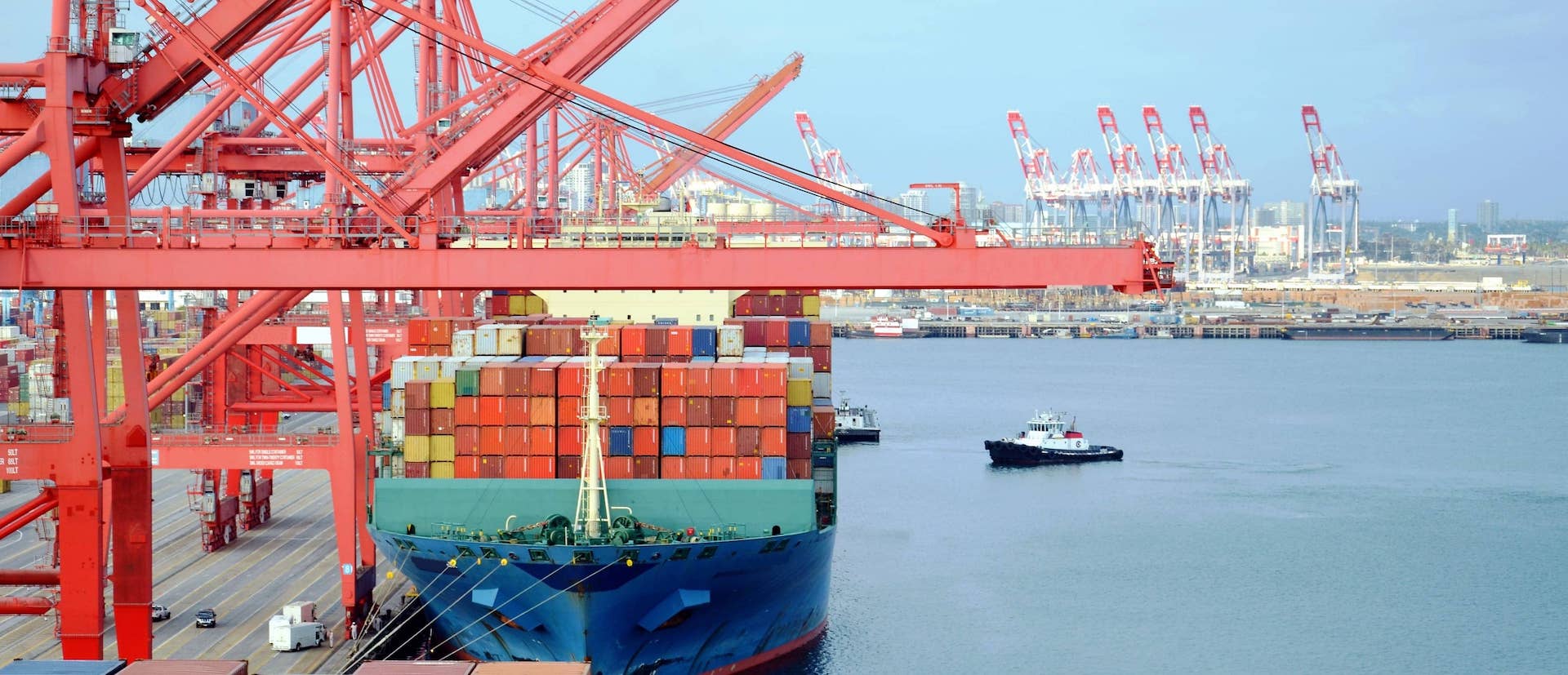
Prioritizing Connectedness
College of health & human services
Center for International Trade and Transportation (CITT) Executive Director Dr. Tom O’Brien has taken an indirect path to a career in trade and transportation at CSULB. While studying urban planning and public transit as a PhD candidate at the University of Southern California (USC), Dr. O’Brien had an opportunity to work on a project with CITT’s founder and then Executive Director Marianne Venieris Gastelum. The project, which involved documenting and reporting on a U.S. Department of Transportation (DOT) hearing on freight financing, brought him to Long Beach, and he never left.
Dr. O’Brien first served as CITT’s Applied Research Coordinator, then its Research Director, and then its Executive Director after Gastelum’s retirement in 2015. In more than 20 years at CSULB, he has become a highly respected voice in the trade and transportation arena, recognized nationally and internationally for his expertise in transportation workforce development and policy issues surrounding the global supply chain.
Much of Dr. O’Brien’s and CITT’s work benefits from long-standing partnerships forged through multi-year grants with education and research institutions around the globe. Since 1998, CITT and USC have been partners in the METRANS Transportation Consortium, which has built an extensive portfolio of cutting-edge research and education programs focused on the transportation issues of large metropolitan regions. METRANS has received most of its funding through the U.S. DOT and Caltrans.
This work has allowed Dr. O’Brien to elevate the profile of CSULB as a leading education, training, and research resource for the freight and logistics industry. Dr. O’Brien credits CITT’s home in the College of Professional and Continuing Education for giving him a platform to connect the university with one of Long Beach’s principal employment sectors.
Dr. O’Brien actively partners with other institutions on training and research projects. One recently completed study done for the Eno Center for Transportation, a transportation think tank in Washington, D.C., investigated the competitiveness of the U.S. inland waterway system. The inland waterways network in the United States is a vital trade corridor serving energy, agriculture, and other freight shipments internally and for export. Several rivers and canals make up the 12,000-mile U.S. inland waterway network, including the Mississippi River, the Ohio River, and the Gulf Intracoastal Waterway, moving more than 500 million tons of freight annually—for both civil and military purposes.
But today, the infrastructure on this network faces challenges from within and from the outside. Internally, underinvestment in the system’s infrastructure and maintenance threatens its reliability and competitiveness. Externally, investments in infrastructure have boosted traffic on other river systems, such as the Amazon River in Brazil or the Yangtze in China. To inform discussions about investments and the future of the U.S. inland waterway network, Dr. O’Brien and a research team from CITT examined six cases of major freight rivers in South America, Asia, and Europe, evaluating their governance, freight flows, investment levels, and role in the global supply chain.
Analyzing and comparing the different waterway systems makes it clear that the United States benefits from having the inland waterways system contained within its borders and centralizing the governance within the federal government rather than having to coordinate with other countries. But the United States could also benefit from more strategic, multimodal freight planning, with inland waterways as a key part of that strategy, as is the case in Europe.
In addition, the United States needs to carefully watch the development of other nations’ freight waterway corridors, particularly China’s, with an eye toward economic competitiveness and national security. Possible future developments on the waterways in South America and Asia represent significant threats to the cost-competitiveness of U.S. exporters. Meanwhile, Europe can serve as a model for prioritizing reliability and connectedness on the rivers.
Finally, the increased investment levels of the recently passed Infrastructure Investment and Jobs Act (IIJA) offer an opportunity to greatly enhance the reliability and usefulness of the inland waterway system. Strategic investment in domestic waterways will go a long way to securing low-cost options for U.S. exporters and shippers.